
A new phase in the nearly three-and-a-half-year conflict in Eastern Europe is emerging as Russian President Vladimir Putin advances fresh proposals for a ceasefire, prompting varied responses from the international community. The initiative comes ahead of a highly anticipated meeting between United States President Donald Trump and the Kremlin leader, scheduled to take place in Alaska on Friday, August 15, 2025.
According to reports, the proposal was presented during a meeting in Moscow on Wednesday between President Putin and Steve Witkoff, President Trump’s special envoy. This was their fifth meeting in 2025. Although the full details remain undisclosed, sources indicate that Putin suggested Ukraine withdraw its armed forces from both Donetsk and Luhansk as a prerequisite for halting hostilities.
As reported by The Wall Street Journal on August 8, citing European and Ukrainian officials, the plan would grant Russia full control over Donetsk, Luhansk, and Crimea, the latter annexed by Moscow in 2014. The reported framework outlines a two-phase process, beginning with the withdrawal of Ukrainian forces from Donetsk, thereby solidifying the current front line and setting conditions for potential future negotiations.
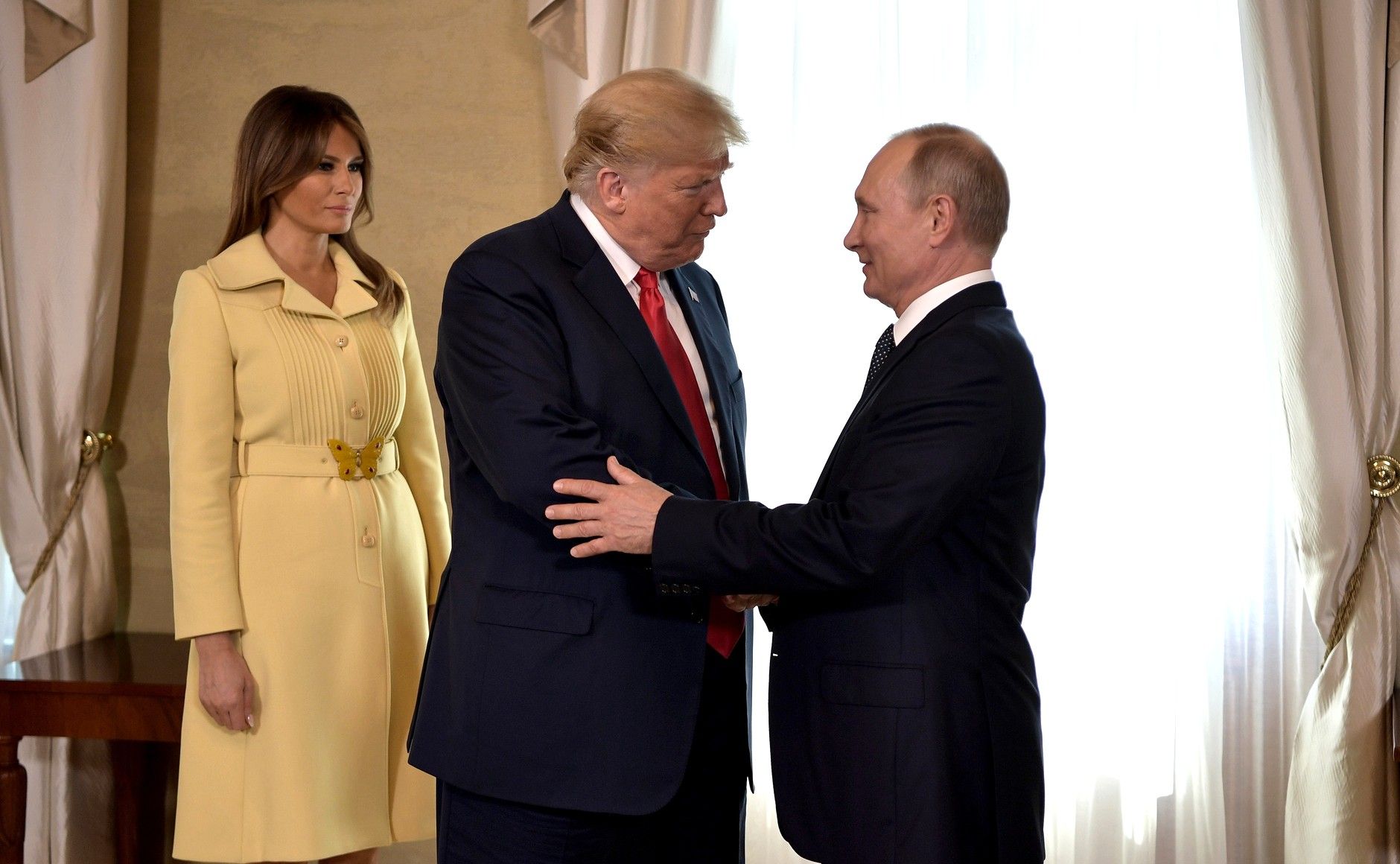
The proposed second phase would involve President Donald Trump and President Vladimir Putin reaching an agreement on a final peace plan. This agreement would subsequently undergo further negotiations with Ukrainian President Volodymyr Zelensky. Moscow’s initiative has paved the way for intensified diplomatic engagements.
In line with these developments, President Putin extended a direct invitation for talks with Ukrainian officials. In a televised statement on Sunday, he proposed resuming direct negotiations in Istanbul, Turkey, emphasizing that the talks should be held “without any preconditions.” He stressed that the purpose of these discussions should be to achieve lasting peace and potentially result in a ceasefire.
“We are proposing that Kyiv resume direct negotiations without any preconditions,” Putin declared, adding, “We offer the Kyiv authorities to resume negotiations already on Thursday, in Istanbul.” He also mentioned his plan to consult with Turkish President Tayyip Erdoğan later that Sunday to discuss facilitating these talks, indicating a possible new diplomatic channel.
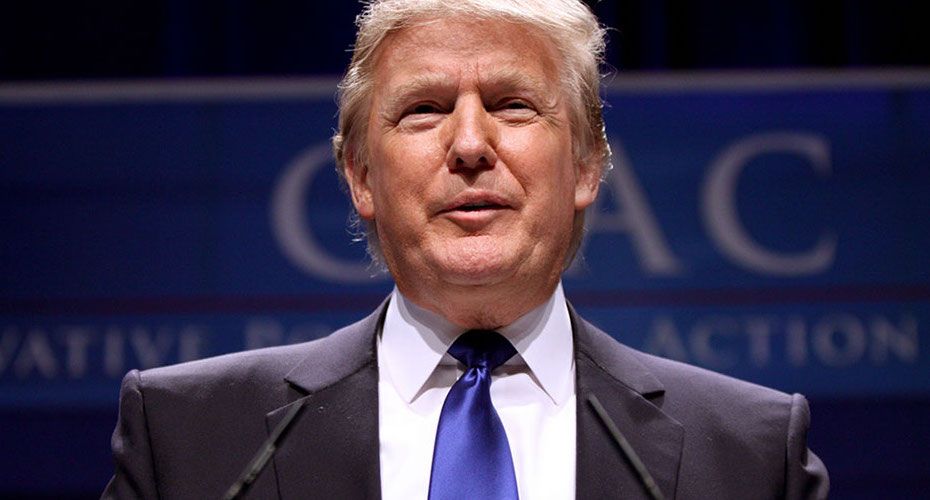
President Donald Trump has signaled openness to various solutions, including territorial exchanges, as part of a potential peace agreement. Speaking at the White House last Friday, President Trump told reporters, “We’re going to get some back, and we’re going to get some switched. There’ll be some swapping of territories to the betterment of both,” when asked about the negotiations.
On Truth Social, he expressed optimism about a possible end to hostilities, stating, “A potentially great day for Russia and Ukraine! Think of the hundreds of thousands of lives that will be saved as this never-ending ‘bloodbath’ hopefully comes to an end. It will be a whole new, and much better, WORLD.” He affirmed his commitment to work with both parties to achieve this outcome, adding that the United States aims to focus on “Rebuilding and Trade.”
President Trump’s efforts to initiate negotiations are consistent with his campaign promise to end the war swiftly after taking office. He noted that both President Putin and President Zelensky expressed a desire for peace during recent phone conversations, stating, “I think he wants to end it. And they want to end it fast.”
Supporting this diplomatic initiative, the Trump administration has assembled a negotiating team comprising Steve Witkoff, Secretary of State Marco Rubio, CIA Director John Ratcliffe, and National Security Adviser Michael Waltz. This team engaged with Russian officials in Riyadh, Saudi Arabia, on Tuesday to further explore avenues for peace.
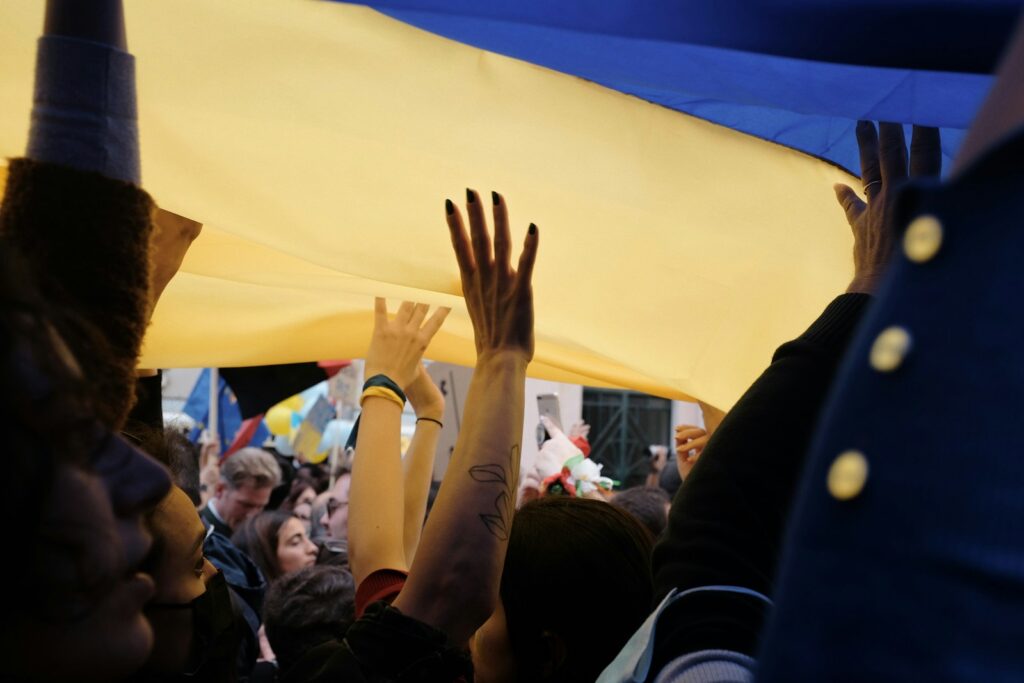
President Vladimir Putin’s initial ceasefire proposal was met with a firm and unified rejection from European leaders. Seven prominent European figures—French President Emmanuel Macron, Italian Prime Minister Giorgia Meloni, German Chancellor Friedrich Merz, Polish Prime Minister Donald Tusk, UK Prime Minister Keir Starmer, President of the European Commission Ursula von der Leyen, and Finnish President Alexander Stubb—issued a detailed joint statement on Saturday.
While welcoming President Trump’s diplomatic initiatives, the European leaders collectively emphasized that genuine peace on the front lines requires a strategy combining strong support for Ukraine, active diplomacy, and increased pressure on Moscow. They expressed their commitment to continue providing diplomatic, military, and financial assistance to Ukraine, including through the “Coalition of the Willing,” while maintaining and imposing restrictive measures against the Russian Federation.
The joint statement highlighted that any resolution “must protect Ukraine’s and Europe’s vital security interests.” The leaders further stressed that “Ukraine has the freedom of choice over its own destiny” and that “meaningful negotiations can only take place in the context of a ceasefire or reduction of hostilities.” Crucially, they asserted, “The path to peace in Ukraine cannot be decided without Ukraine.
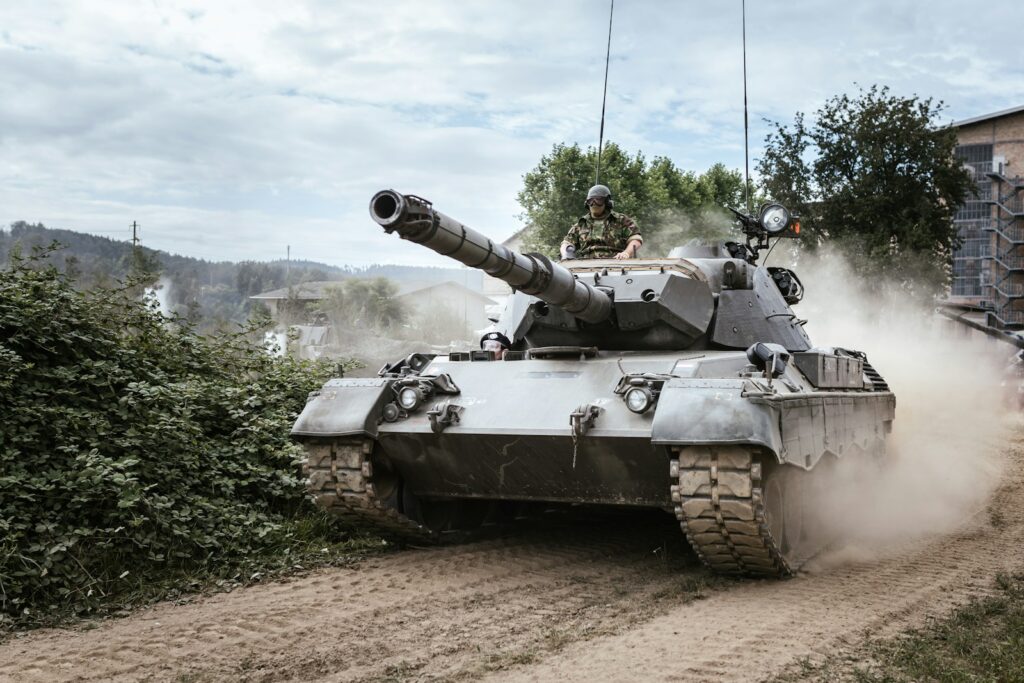
The collective declaration from European leaders underscored a fundamental principle that international borders must not be altered by force and that the current line of contact should serve as the starting point for any peace negotiations. This firm position was further detailed during meetings held in Kent, England, on Saturday, which included Vice President Vance, UK Foreign Secretary David Lammy, and Ukrainian representatives.
During the discussions in Kent, European leaders reportedly presented a counterproposal to President Putin’s outline. This counterproposal emphasized that a ceasefire must be established before advancing any further concessions. Importantly, it stipulated that any territorial exchanges must be reciprocal, meaning Russian forces would be required to withdraw from specific areas if Ukraine were to do the same.
Ukrainian President Volodymyr Zelenskyy has unequivocally rejected the idea of ceding significant portions of Ukraine’s territory in any negotiations. On Saturday morning, he declared, “Of course, we will not give Russia any awards for what it has done,” and strongly asserted that “Ukrainians will not give their land to an occupier.”
Reflecting this firm stance, Andriy Yermak, President Zelenskyy’s chief adviser, who attended the Kent meeting alongside Ukraine’s Secretary of the National Security and Defense Council Rustem Umerov, reiterated, “Our positions were clear: a reliable, lasting peace is only possible with Ukraine at the negotiating table, with full respect for our sovereignty and without recognizing the occupation. A ceasefire is necessary, but the front line is not a border.”
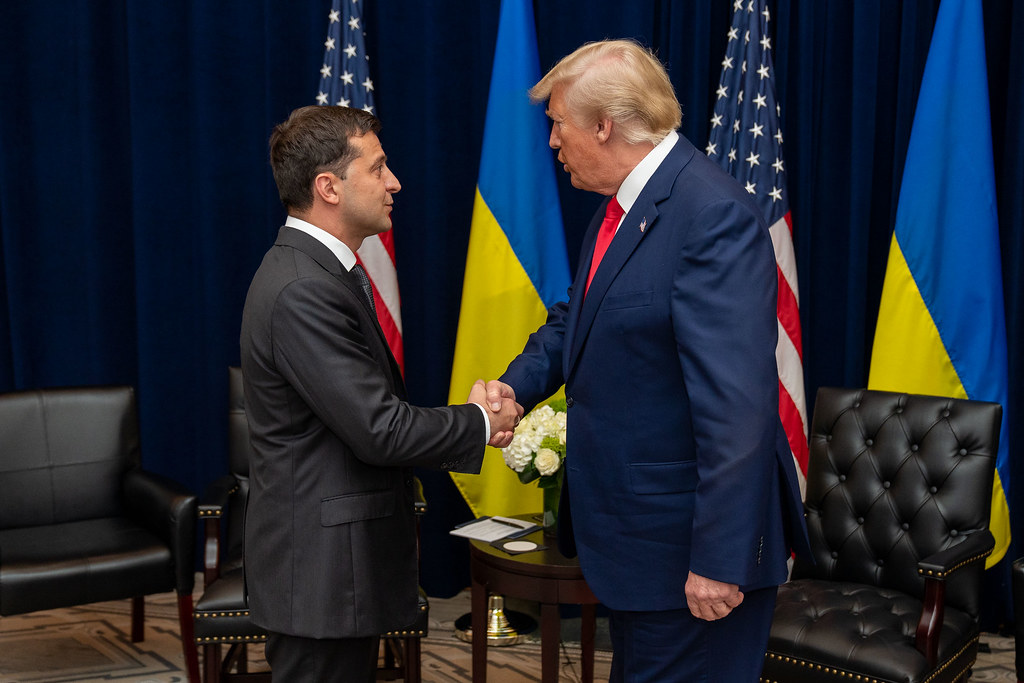
Despite his firm refusal to cede territory, President Volodymyr Zelenskyy expressed a willingness to negotiate under specific conditions. In a post on X, he described it as a positive development that Russia had finally begun considering an end to the war. He emphasized that the world had awaited this moment for a long time and noted that the essential first step toward ending any conflict is a ceasefire. He stated, “There is no point in continuing the killing even for a single day. We expect Russia to confirm a ceasefire – full, lasting, and reliable – starting tomorrow, May 12th, and Ukraine is ready to meet.”
Recent developments on the battlefield have added complexity to the diplomatic situation. President Zelenskyy announced that Ukrainian forces had gained full control of Sudzha, a town with a pre-war population of approximately 5,000, which serves as the administrative center of the border area in Russia’s Kursk region. This represents the largest Russian town to fall under Ukrainian control since the cross-border incursion began on August 6.
Ukrainian troops have reportedly advanced 35 kilometers into Russian territory since last week, continuing to make gains. This marks the first occasion since World War Two that foreign forces have invaded and held Russian land. Furthermore, President Zelenskyy disclosed that more than 100 Russian soldiers were captured during the operation in the Kursk region, underscoring a significant military advance.
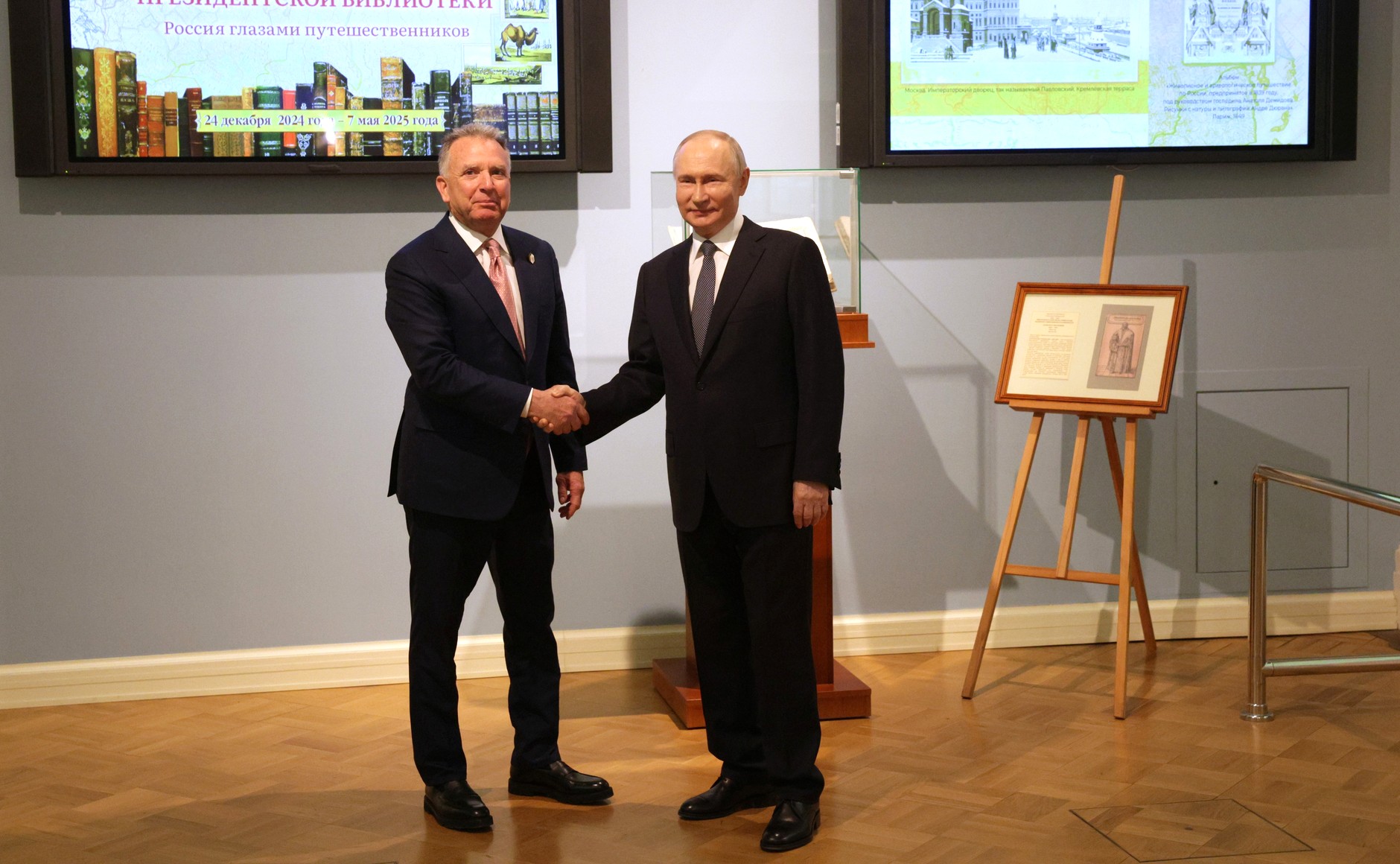
Amid ongoing diplomatic and military developments, intelligence assessments from the United States and its close allies present a cautious view of President Putin’s ultimate intentions. According to four Western intelligence officials and two U.S. congressional representatives, current intelligence indicates that President Putin continues to aim for control over the entirety of Ukraine. One congressional official stated, “We have zero intelligence that Putin is interested in a real peace deal right now,” adding, “He thinks he’s winning.”
This intelligence suggests that battlefield losses have not created sufficient pressure on Putin to halt hostilities. Skepticism remains among U.S. and Western officials regarding Putin’s willingness to compromise and commit to a durable peace agreement. Instead, it is believed he may use negotiations to buy time for his military to regroup and rebuild, or to explore possible concessions while attempting to restore his standing on the international stage.
Officials report that President Putin is not currently planning to reduce troop presence in Ukraine or withdraw forces or equipment from western Russia. This sustained military posture supports the assessment that his objectives remain maximalist, as noted by a Western intelligence official. Some officials also suggest that Putin feels emboldened by recent remarks from Trump administration representatives indicating that NATO membership for Ukraine is unlikely to be a realistic outcome of any negotiated settlement.
Conversely, President Putin has expressed gratitude to China, Brazil, African and Middle Eastern countries, and the United States for their mediation efforts. He referred to a 2022 draft agreement, negotiated shortly after the Russian invasion, under which Ukraine would commit to permanent neutrality in exchange for international security guarantees from the five permanent members of the U.N. Security Council. Putin asserted, “It was not Russia that broke off negotiations in 2022. It was Kyiv,” and emphasized, “Russia is ready to negotiate without any preconditions.”
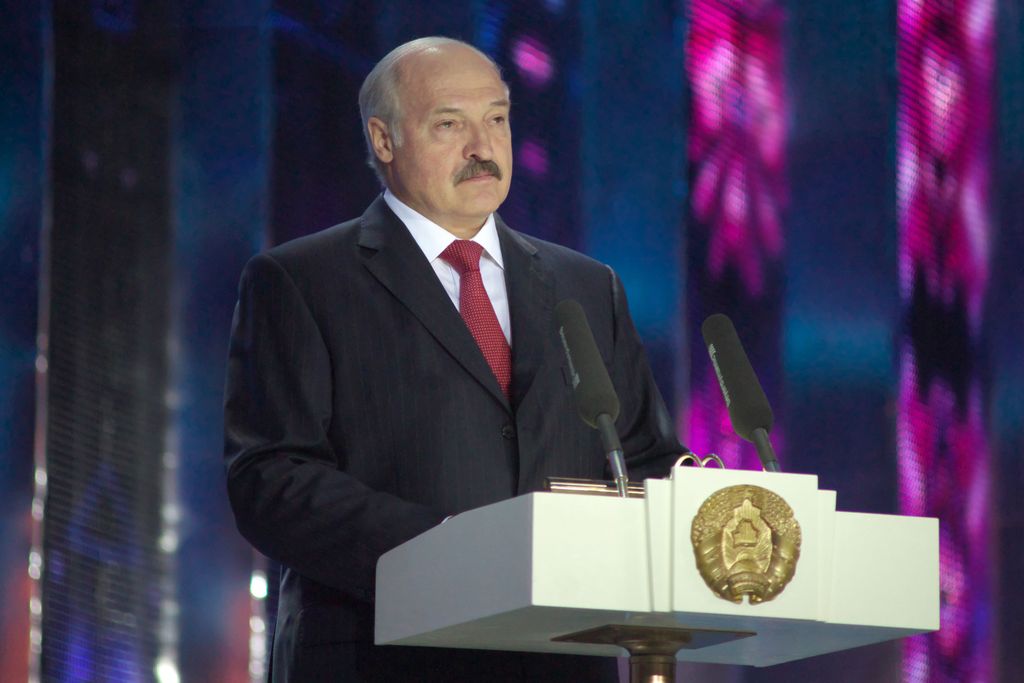
Adding another dimension to the complex situation, Belarusian President Alexander Lukashenko, a close ally of President Putin, has called on both Ukraine and Russia to negotiate an end to the conflict. In an interview with Russian state television, Lukashenko claimed that only “high-ranking people of American origin” desire the continuation of the war, and he accused the West of encouraging Kyiv to prolong fighting in order to see Ukraine and Russia “destroy each other.
The intricate interplay of proposals, counterproposals, and divergent objectives highlights the significant challenges involved in achieving a durable peace. While diplomatic channels remain open—with the upcoming Trump-Putin summit in Alaska and the potential involvement of President Zelenskyy—the fundamental disagreements over territorial integrity and sovereignty persist. The path to a lasting resolution is complex, requiring sustained and nuanced engagement from all parties as the international community watches closely for any meaningful progress.
The global community remains acutely aware of the high stakes, with President Trump emphasizing the possibility of saving “hundreds of thousands of lives” should the ongoing “bloodbath” come to an end. Nevertheless, core disagreements, including Ukraine’s steadfast refusal to cede territory and intelligence assessments of Russia’s maximalist ambitions, ensure that the immediate future of the conflict remains delicately balanced between military developments and diplomatic efforts.



